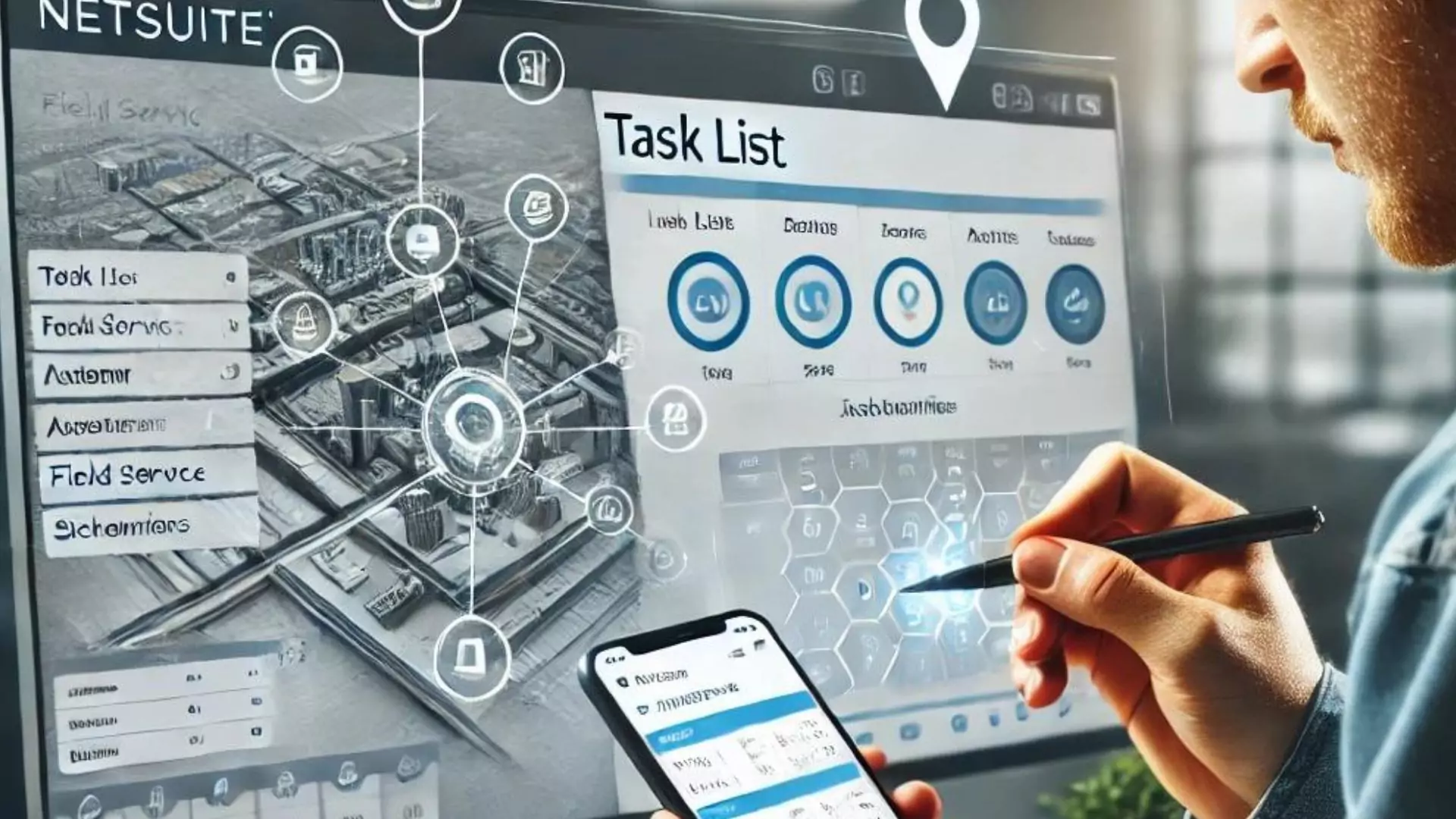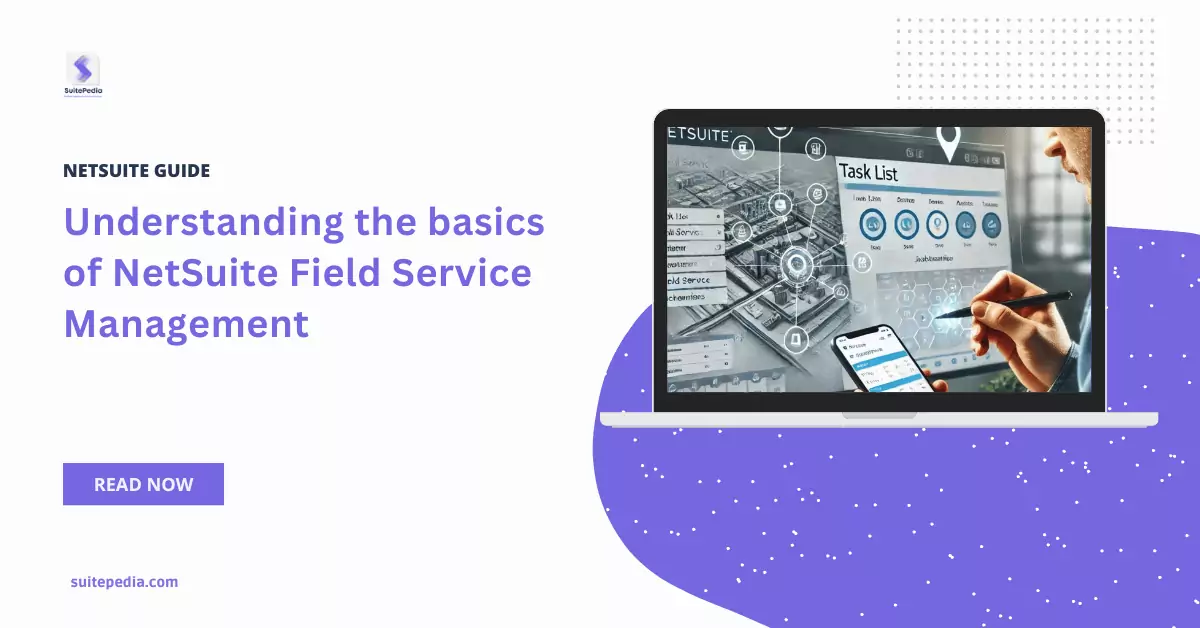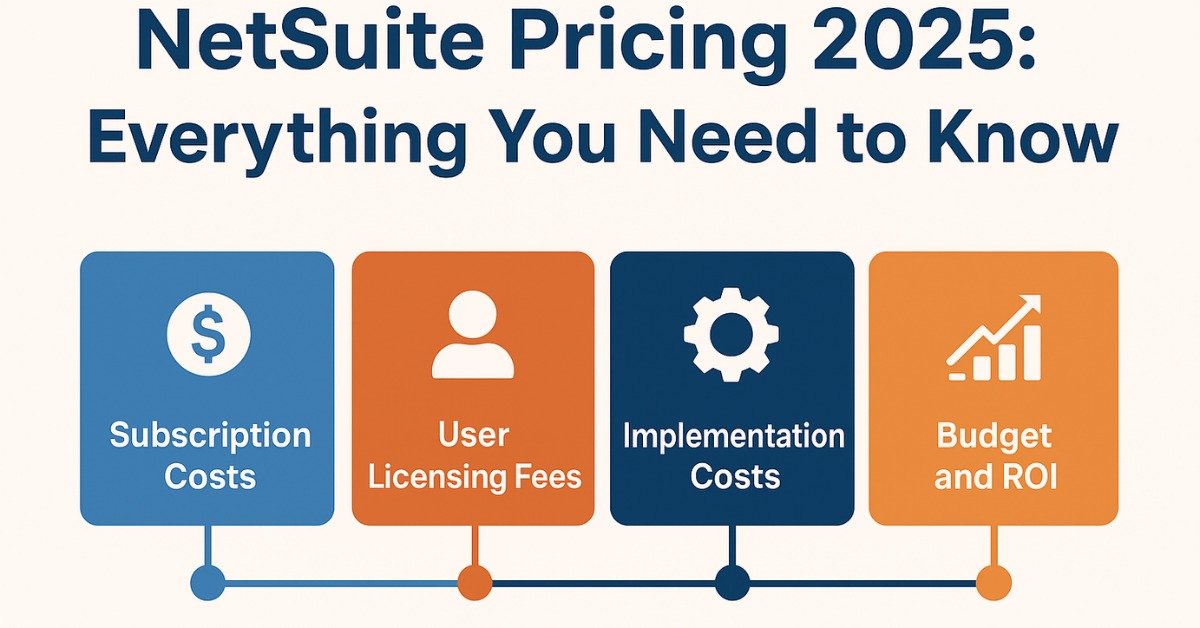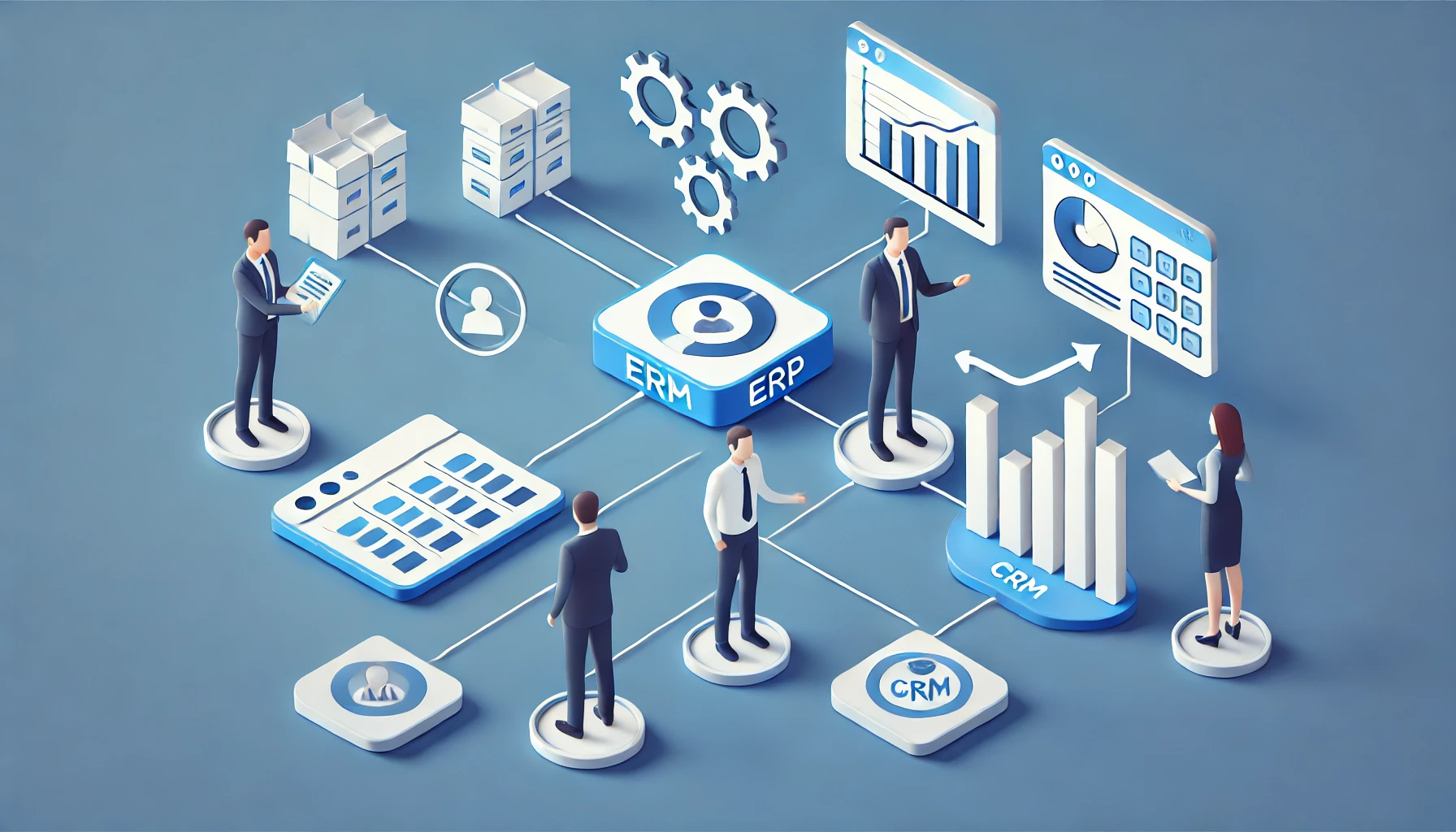Table of Contents
ToggleUnderstanding the basics of NetSuite Field Service Management
Field service organizations may streamline scheduling and dispatch, automate inventory and client asset management, and improve real-time data visibility using NetSuite Field Service Management (previously NextService). Managers may streamline job assignments and obtain a clear picture of the team’s availability with drag-and-drop scheduling and dispatch. Field technicians may access all the information they require, including task specifics and customer and asset histories, from any location with the help of the mobile app.
This blog will cover the important aspects of field service management starting with explanations about the basics of field service management and the benefits of NetSuite’s Field Service Management.
What is field service?
Any work done on your items at a customer’s location as opposed to your business site is referred to as field service. Field service, which is common in the manufacturing, high-tech, and healthcare technology sectors, usually entails sending workers or contractors to certain sites to install, fix, or maintain systems or equipment.
Field service employees frequently offer skilled, specialized, or even exclusive services for commercial or industrial clients. They may work as contractors or as employees.
Most people associate field service with a technician who visits a home to install Wi-Fi or cable TV or a utility worker attempting to restore electricity to a broken line. However, the field service industry is rapidly changing to encompass a wider variety of workers. Eight out of ten workers worldwide work without a desk, and field service has spread to new sectors of the economy like hospitality, healthcare, and education.
Understanding types of field service activities
- Installation- After purchasing equipment, a client will want professional installation at their site.
- Maintenance- Field service can be broadly defined as maintenance, which falls into three categories: proactive, preventive, and corrective.
- Education- Field service employees can advise clients on how to make the most of their equipment in order to accomplish any or all of their desired goals.

Understanding the difference between field service management and field service provider
Managing field resources, such as field personnel and equipment, is referred to as field service management. Within the larger customer service software market, it is a distinct market. Typically, field service providers (FSPs) send technicians to remote areas to install, fix, or maintain systems or equipment. Under the terms of a prearranged service or maintenance contract, they might oversee, manage, and maintain these assets.
Every aspect of the field operation is impacted by field service management, including:
- Scheduling and assigning work orders
- Assigning workers or technicians to new projects
- Interacting with employees on the field
- Gathering information on field services (such as arrival time, job completion, and client comments)
- Providing field workers with a job or customer data/history
- Assigning workers to certain tasks
- Controlling the availability and inventory of products
The field of field service management has evolved. Field service management becomes increasingly difficult as field service continues to expand and include additional types of work.
The workday itself is evolving as well. When everyone worked full-time, the field technicians were all 9 to 5, and administrators could monitor schedules using pen and paper, desktop calendars, or basic spreadsheets, managing technicians in the field was considerably easier.
In today’s field service operations, a mixed workforce consisting of full-time, part-time, and independent contractors is frequently present. This makes it more difficult to plan appointments and efficiently handle the demands of mobile workers and their clients.
Understanding the concept of field service management software
Many businesses utilize field service management (FSM) software to keep ahead of the curve since field service management necessitates the balance of numerous crucial operations. Field workers and the back office may communicate more easily and share information more broadly thanks to FSM software and mobile apps, which also facilitate scheduling and dispatching.
To keep up with the changing field service landscape, field service management software needs dynamic features, such as trigger-based scheduling and dispatching for new assignments, as well as real-time communication with field staff.
Understanding NetSuite Field Service Management
Benefits of NetSuite Field Service Management
- Boost output and efficiency in operations: You may quickly assign jobs that optimize resource allocation thanks to real-time work and technician status information.
- Cost Efficient: Increased first-time-fix rates, decreased inventory leakage and write-offs, and better technician usage all result in lower overtime.
- Boost client satisfaction: Provide prompt services that resolve the client’s issue in a single visit.
- Improve Business Management: Analyze each work, client, service agreement, and technician’s profitability while looking for inventory leaks and ineffective procedures.



